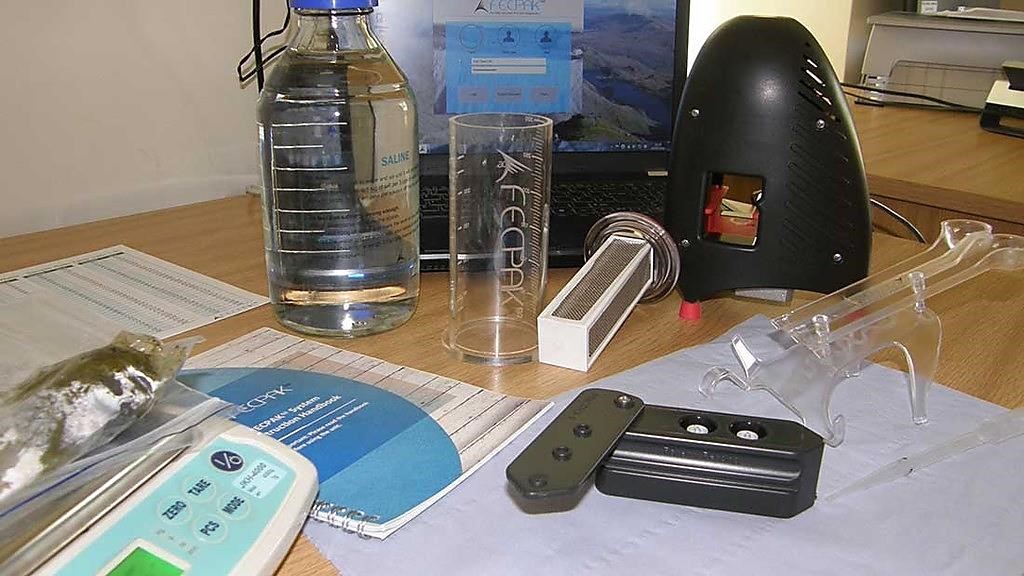Methods Compared Classifying Intensity of Soil-Transmitted Helminth Infections
By LabMedica International staff writers
Posted on 23 Jul 2020
Soil-transmitted helminths (Ascaris lumbricoides, Trichuris trichiura) and the hookworms, Necator americanus and Ancylostoma duodenale affect one quarter of the world population, and are responsible for the loss of more than three million disability-adjusted life years (DALYs).Posted on 23 Jul 2020
There are a variety of novel microscopy and DNA-based methods to identify soil-transmitted helminths, but it remains unclear whether applying current World Health Organization (WHO) thresholds on to these methods allows for a reliable classification of moderate-to-heavy intensity (M&HI) infections.

Image: The FECPAKG2 is an internet connected, image based diagnostic platform scientifically validated to conduct fecal egg count (FEC) tests (Photo courtesy of Techion).
An international team of scientists led by those at Ghent University (Merelbeke, Belgium) defined method-specific thresholds and verified whether they increased the correct classification of M&HI infections in a multi-countries study. They evaluated both WHO and method-specific thresholds for classifying the M&HI infections for novel microscopic methods: McMaster egg counting technique, FECPAKG2 (Techion, Aberystwyth, UK), and Mini-FLOTAC (Federico II University of Naples, Naples, Italy) and DNA-based (qPCR) diagnostic methods (Elisabeth-Tweesteden Hospital, Tilburg, The Netherlands). The samples were also analyzed by Kato-Katz method as the reference method.
The team applied the WHO thresholds, the new microscopic methods mainly misclassified M&HI as low intensity, and to a lesser extent low intensity infection as M&HI. For FECPAKG2, applying the method-specific thresholds significantly improved the agreement for Ascaris (moderate → substantial), Trichuris and hookworms (fair → moderate). For Mini-FLOTAC, a significantly improved agreement was observed for hookworms only (fair → moderate). For the other STHs, the agreement was almost perfect and remained unchanged. For McMaster, the method-specific thresholds revealed a fair to a substantial agreement, but did not significantly improve the agreement. For qPCR, the method-specific thresholds based on genome equivalents per mL of DNA moderately agreed with the reference method for hookworms and Trichuris infections. For Ascaris, there was a substantial agreement.
The authors concluded that their results indicated that method-specific thresholds improved the classification of M&HI infections, but they stressed that validation studies are required before they can be recommended for general use in assessing M&HI infections in programmatic settings. The study also highlights the need (i) to agree on an absolute universal unit for qPCR, (ii) to align the evaluation of diagnostic methods with current STH program goals, and (iii) to define minimal and ideal (optimistic) criteria that diagnostic methods should meet in order to assess M&HI infections reliably. The study was published on July 2, 2020 in the journal PLOS Neglected Tropical Diseases.
Related Links:
Ghent University
Techion
Federico II University of Naples
Elisabeth-Tweesteden Hospital













